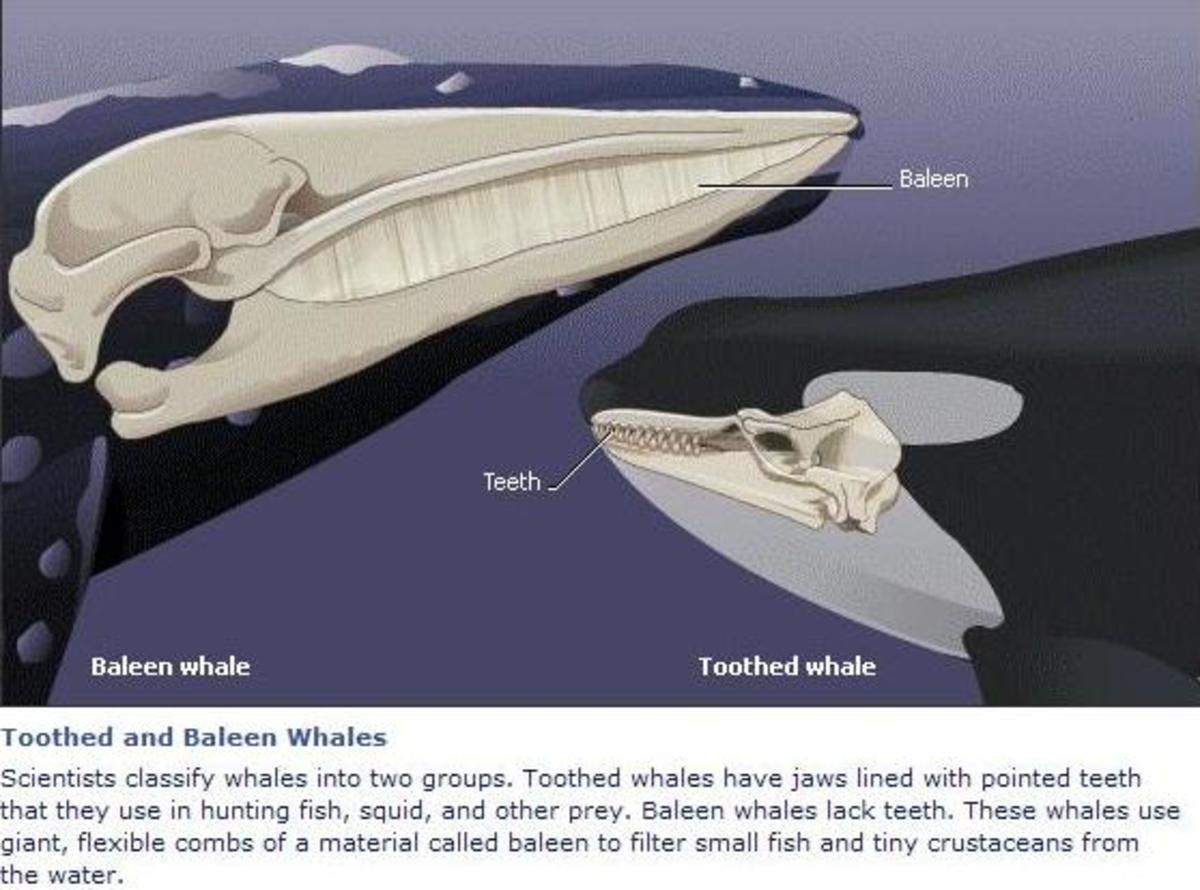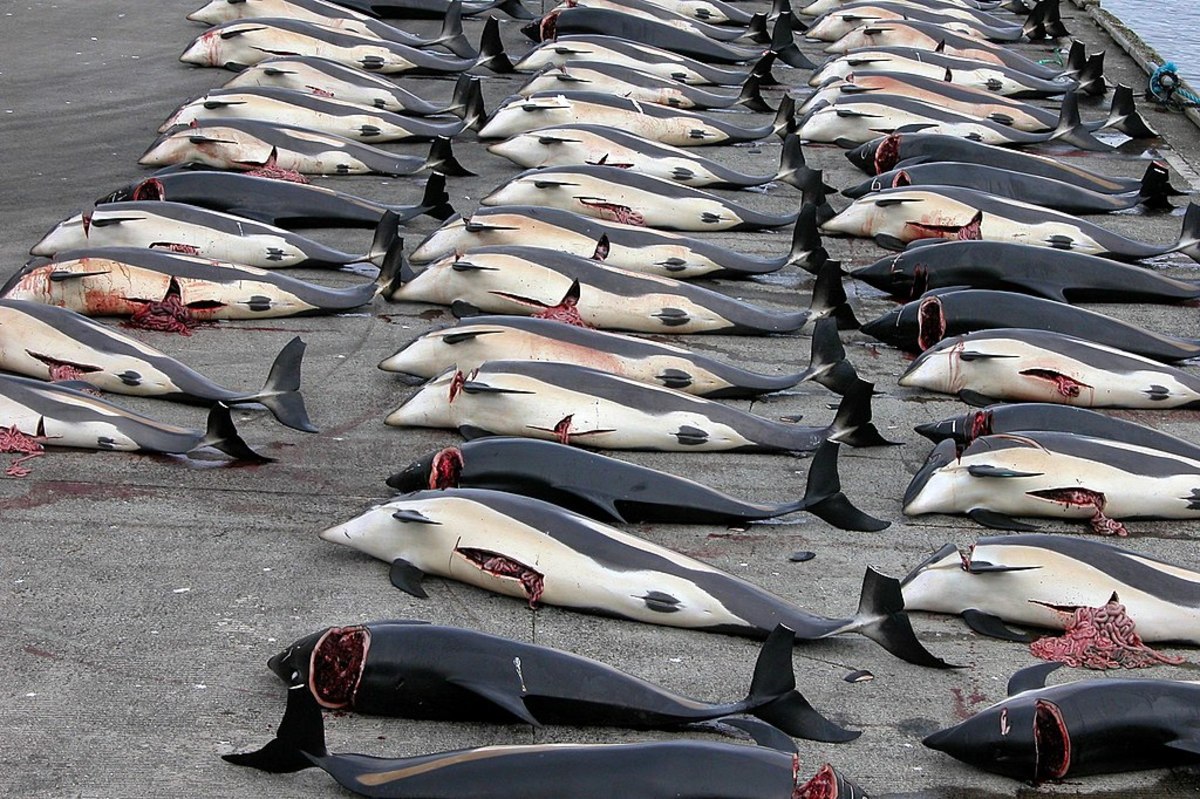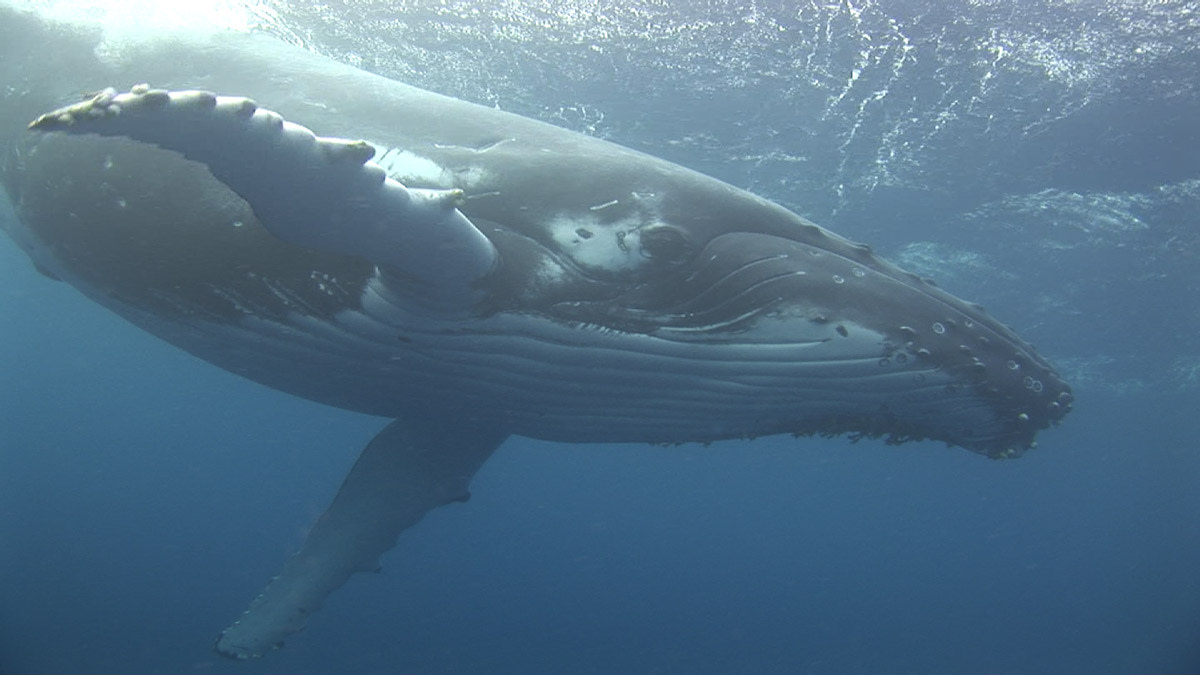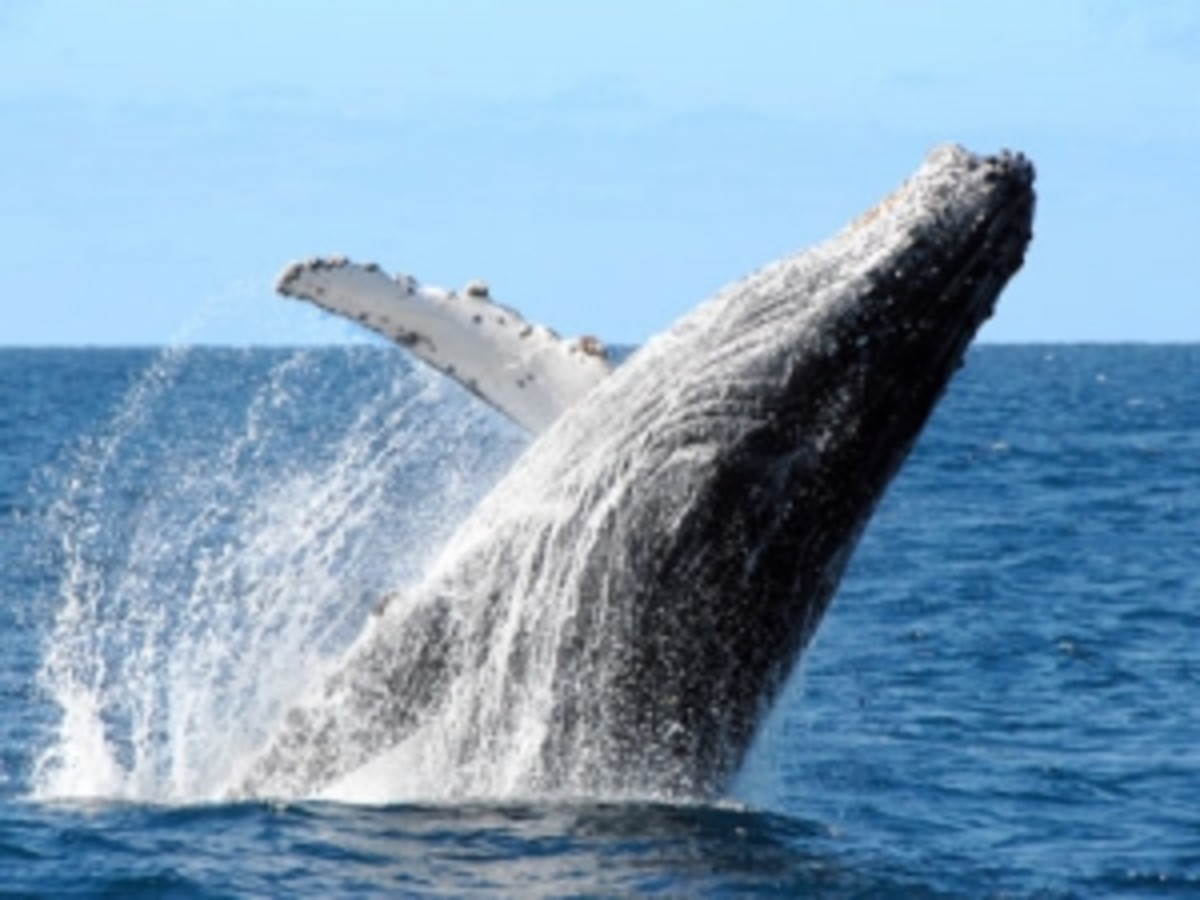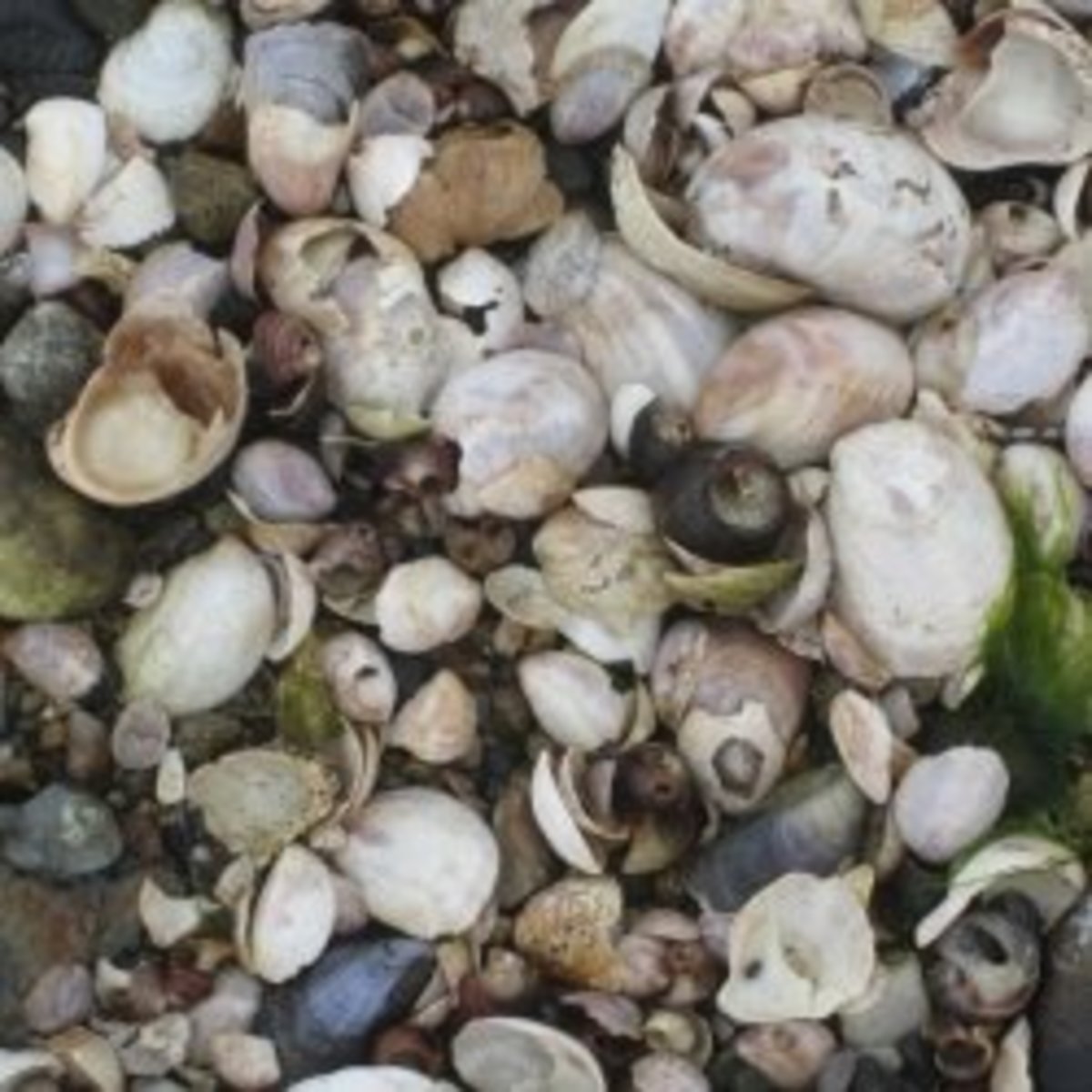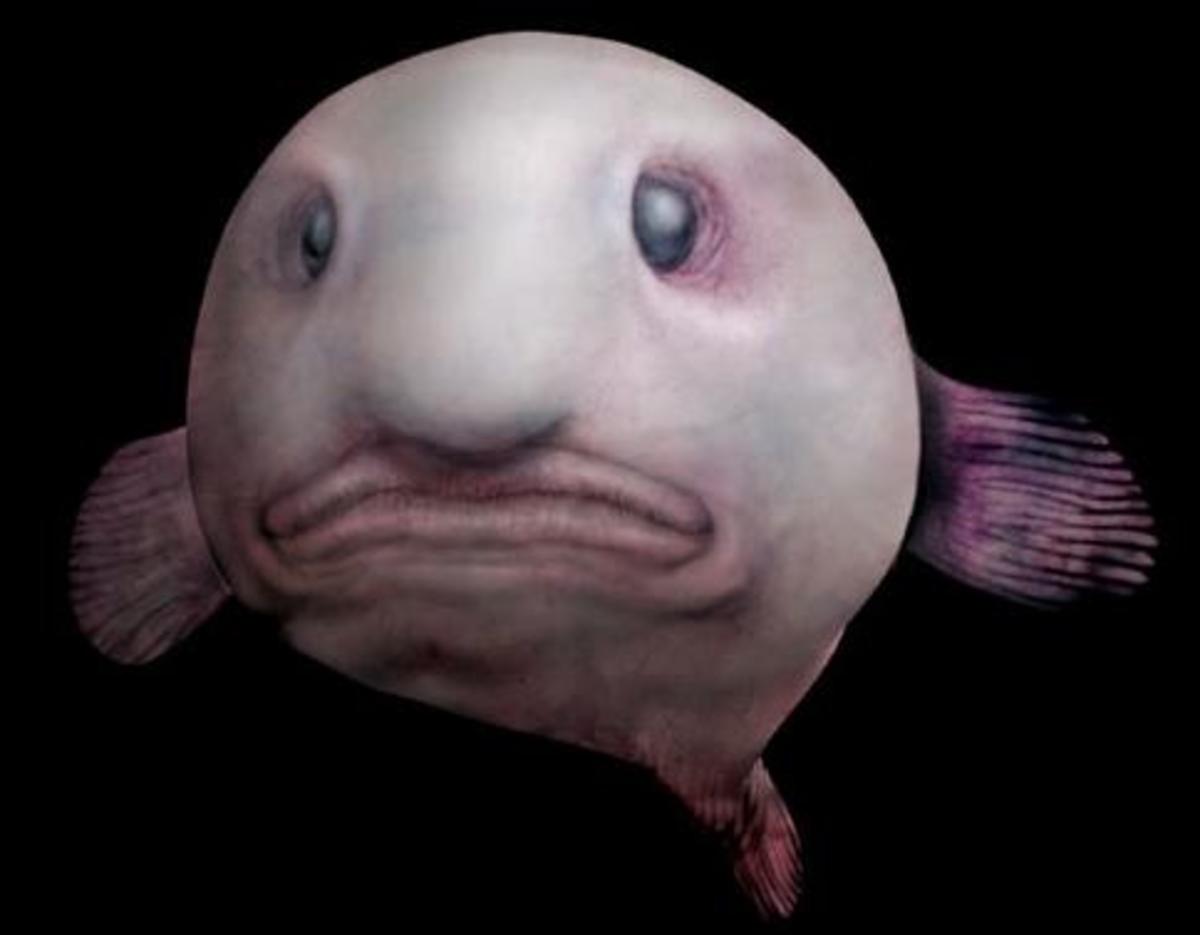In Search of Whales
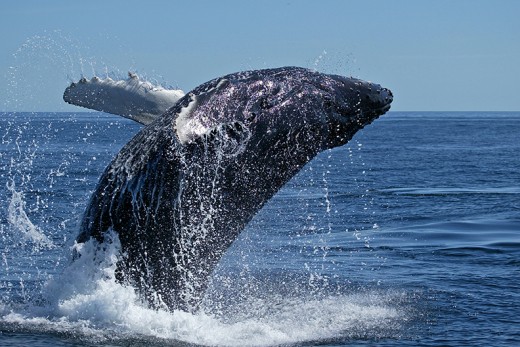
Scrimshaw
While doing a study on whales I discovered the awesome art form of Scrimshaw. I had never heard of it before and what quite inspired. I was also surprised to find that the average person could buy Scrimshaw for the price of a small car. It looked like a fabulous possible inroad to getting children interested in the history of whales and whaling. The problem was that whalebone and teeth are no longer available since whale are internationally protected. With educational and artistic purposes in mind, I created a faux whale’s tooth from plaster and came up with some great lesson plans for children. I tried them out on several homeschool families and the boys especially loved the project. I published my how-to called The Art of Historic Scrimshaw and Whales. To follow that up I am adding the rest of whale research and findings here.
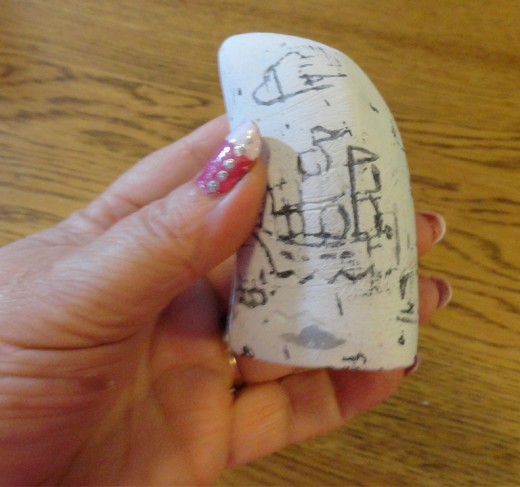
Whale Oil
It was because of oil. Whale oil. People needed it to light their lamps, make candles, soap, and produce make-up and cosmetics. At first, the early Americans only went after the Right whale. It moved slow and close to shore so it was easy to kill. It was called that because of its size and because it was the right whale for the most oil. It was said the when the Pilgrims arrived Cape Cod was teaming with Right whales. To get oil from a whale the sailors had to cut off the blubber, a layer of fat under the skin, and boil it down.
After killing most of the Right whales, New England sailors discovered that there were other whales, if only they ventured farther away from shore. The humpback whale was a little smaller, so they had to kill more of them for the same amount of oil. Also, these whales were fighters. They were a little harder to kill, but the whalers found a way. However, this whale was found to have a kind of oil and wax in its head. So much oil that the sailors had to bail it out with buckets. Candles made from this oil burned brighter and cleaner. It didn't smell bad like the candles made from Right whales and so they became very popular.
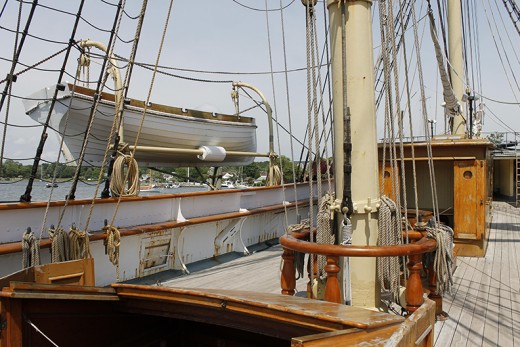
Rendering Oil
After a while, the whalers discovered if they built a brick rendering pot to boil down the blubber right there on the deck of their ships that they wouldn't have to go back to shore for years until the hold was full of barrels of oil. This could take as long as 4 years. The whalers discovered where the whales migrated during certain times of the year and so they followed them around the globe, killing as they went.
At first, the whalers harvested every part of the whale: teeth and bones, blubber and meat. But after a while, the blubber and wax would be harvested and the rest of the whale cut loose to sink into the sea.
These whales had teeth, unlike the Right whales who had baleen to strain krill out of the water. It was soon discovered that when sanded the whale's teeth were like ivory and decorative designs could be carved or etched into the surface. This art form called "scrimshaw" became very common and popular in the New England states. The scrimshaw can be carved on whale's teeth or bones. The sailors were not paid wages but a portion of the profits. If the market for oil was good the sailor made good money and if the market was poor the sailors made almost nothing. But as part of the profits, the sailors shared the whale's teeth also. The scrimshaw etchings made them even more valuable. Today you can buy an authentic 200-year-old scrimshaw tooth for the price of a small car.
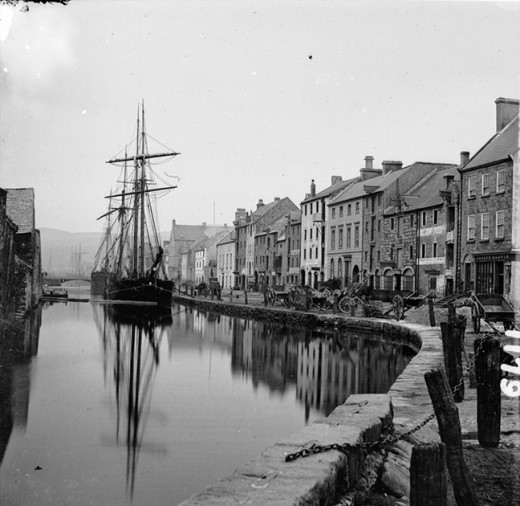
Decimation of Whale Populations
When fossil fuels, such as petroleum and coal gas, and vegetable oils, such as linseed oil and peanut oil, became more popular because they were cheaper and safer to produce, the whaling industry was in deep trouble. And a good thing too. By this time the Right whales and other whales had been almost wiped out. Commercial whaling died down by the 1860s in the United States but still continued in other countries. After all, baleen was still needed for lady's corsets so whaling continued.
There were other whales in the sea. The largest whale on earth is also one of the fastest: the blue whale. It was too fast for the sailors to catch in a rowboat and it was too strong for the harpoons that they used. Also, the blue whale sank when it died. In 1868, a seal hunter from Norway named Svend Foyn developed a cannon that shot a special harpoon with steel barbs from a steam-powered boat. When shot at the blue whale the barbs opened and triggered an explosion inside the whale's body. After it died the rope was attached to a steam-powered motor that pulled it up to the side of the boat. Later in the 1880s air was pumped into the whale's body from the harpoon line so the whale floated to the surface. Now the blue whale could be hunted with ease. The best place to hunt them was in the icy seas of the Antarctic. The waters there swarm with a pink shrimp called krill each summer and this is what the blue whale loved to feed on. The Antarctic was home to 250,000 blue whales at this time. By 1994 the estimated count was only 460 blue whales left.
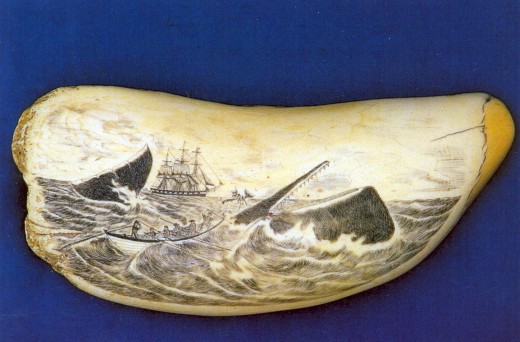
International Whaling Commission
By the 1930s the leading whaling nations formed a group empowered to set quotas for killing whales, called the International Whaling Commission (IWC). The biggest problem was getting every nation to agree on low enough quotas so the whales would not be killed off. After years of fighting, the IWC voted to have a temporary ban on all commercial whaling until the numbers of whales increased. The good news is that there has been no large-scale whaling since 1986 because of the ban going into effect.
Now instead of killing the whales, large numbers of former whalers have turned to the tourist business and are taking whale-watchers out to see the whales in their natural feeding grounds. Finally, live whales are worth more than dead ones.
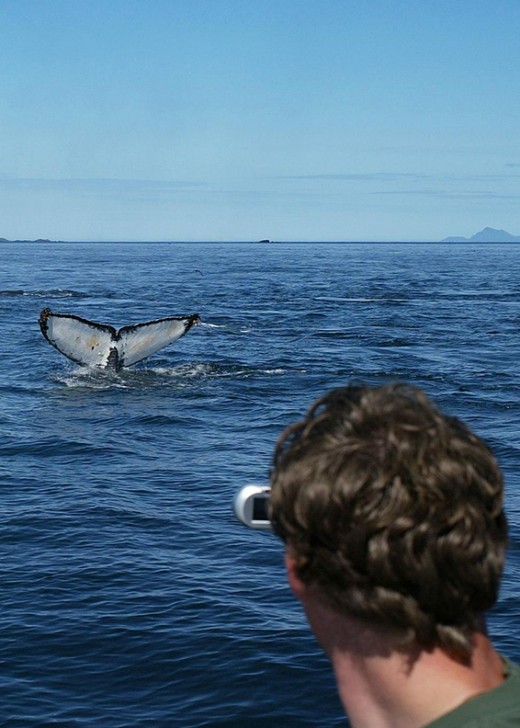
Scrimshaw on Bone
Bibliography
Scrimshaw and Scrimshanders, Whales and Whalemen, by E. Norman Flayderman, N. Flayderman & Co., Inc., New Milford, Connecticut, 1972
Scrimshaw, A traditional folk art, A contemporary craft, by Leslie Linsley, Hawthorn Books, Inc., New York, NY, 1976
The Whalers, by Peter Chrisp, Thomson Learning, New York, NY, 1995
Whaling Days, by Carol Carrick, Clarion Books, New York, NY, 1993
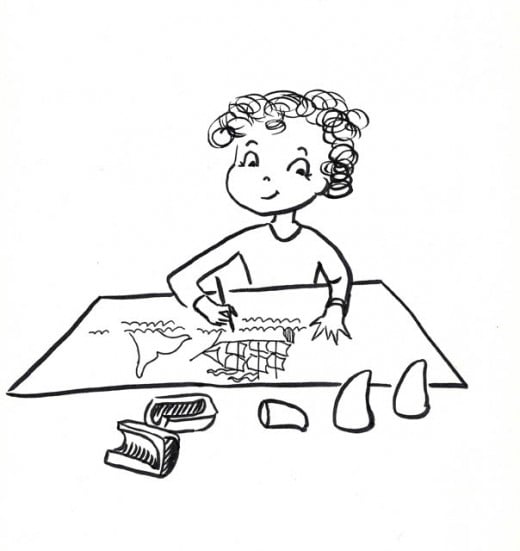
Final Thoughts
Feel free to leave any thoughts or questions you may have in the comments below. I'd love to hear what you thought about whales and Scrimshaw.


